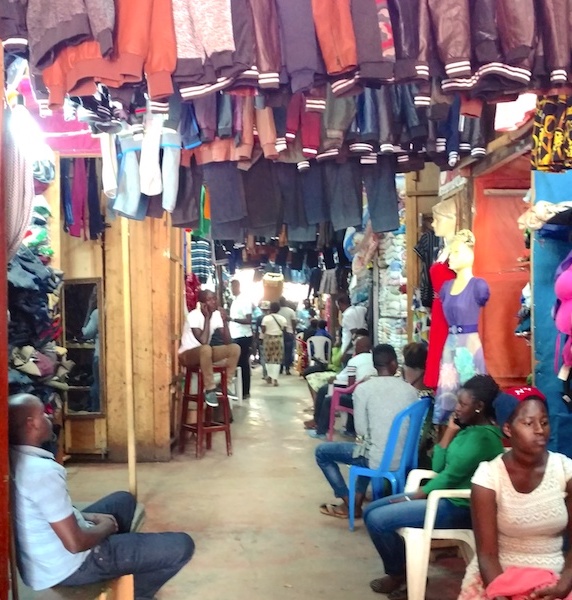Here at Development Reimagined, we regularly bring in talented young people to join our team as well as do internships with us. They are from all over. One of our top talents, Joshua Nederhood, recently worked on a new infographic exploring how foreign governments are helping African citizens “go global”, and his work was picked up by [add the links XXXX]. He kindly agreed to share his motivations for working on the project, and views on what next…
Joshua, so what’s your latest infographic about and what made you interested in it?
I’m an American citizen, and have been interested in China for a long time. I decided to study in China, and became initially interested in China’s “educational resources” in other countries because many of my classmates in Beijing had been inspired to study abroad because of the language institutes in their home universities in Europe. So I decided to investigate how China might be leveraging this opportunity by distributing educational resources across the world and Africa in particular. I wondered to what degree China was using the resources as foreign aid, or as a soft power strategies to open communication channels and influence perspectives, and how this differed from other countries.
What did you define as China’s and other countries’ “educational resources” exactly?
There are all sorts of ways governments can support education of young people in other countries. They can give scholarships or even aid money for primary and secondary schools, and even universities. They can also set up cultural and language institutes. In my experience, having some degree of language ability and basic understanding of cultures is crucial to getting along in a different country, so I thought I would focus on the latter, as a proxy for how governments are helping other citizens in other countries to better understand them and maybe even live and work in them. So I looked at and compared data sets of Institutes such as Goethe Institutes from Germany, Alliance Francais from France, Confucius Institutes and classrooms from China, British Councils from the UK, and xx from the US. I even looked at XXX from Brazil and YYY from Korea.
How did you collect the data? Was it really difficult to find?
xxx
So what did you find? Is China helping as much as other countries are?
xxx.
So should China do even more?
yyy.
What about other countries aside from China? How should they be responding? Are cultural institutes in Africa a good investment?
xxx .
So let’s put ourselves in the shoes of an African young person now, wanting to learn other languages. Where should they go?
Well, first, they should live in XXX city, where they can get the most cultural institutes in the world. .If they want to learn Chinese xxx…. But definitely don’t live in YYY as they will be miles from …
So what next? What do you recommend for African governments in particular?
xxx
Joshua Nederhood is an Analyst at Development Reimagined.
July 2018


